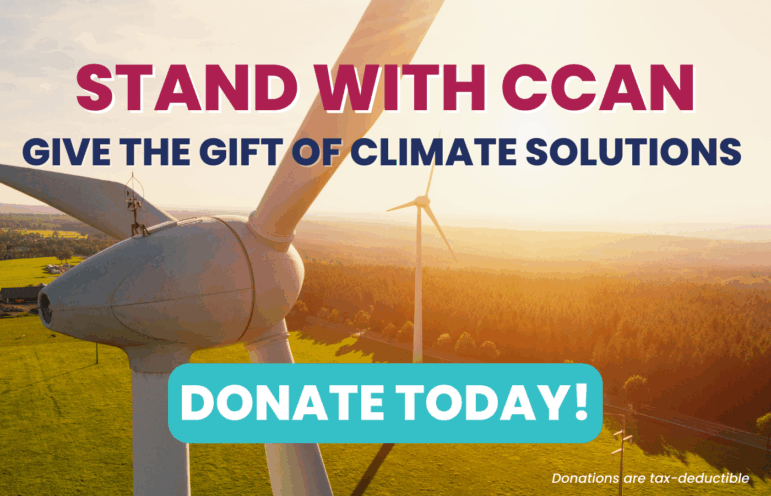Protesters object to a green baseball stadium sponsored by the world’s dirtiest corporation
Essay by Mike Tidwell
Crossposted from Grist.org
Imagine a Major League Baseball stadium constructed to actually fight lung disease. Imagine engineers eschewing asbestos in every form, using only materials approved by the American Lung Association. Imagine emergency inhalers at every seat, with team officials aggressively marketing the “healthy-lung” park to conscientious fans.
Then imagine your surprise, in visiting the park, to see a huge Marlboro cigarettes ad plastered across the left field fence. Imagine another Marlboro ad behind home plate so TV viewers can’t look away. Imagine, finally, being asked to stand and sing Take Me Out To the Ball Game during the “Marlboro Cigarettes 7th Inning Stretch.”
Sounds absurd, right? Well, welcome to Nationals Park in Washington, D.C., for an inconceivable variation on this theme. With public alarm over global warming at an all-time high, team owners of the Nationals baseball team spent millions for a “healthy Earth” park, with environmental features like low-flow plumbing and energy-efficient lighting. The new park has been officially declared a “green facility” by the National Green Building Council, the first of its kind in American sports.
But visiting fans know the rest: Strike Marlboro cigarettes and substitute “ExxonMobil” and you have the astonishing reality at Nationals Park. Oil giant ExxonMobil, the biggest contributor to global warming of any company in the world, has its name splashed across the left field fence and, intermittently, behind home plate. ExxonMobil, which invests almost nothing in clean energy while gasoline goes to $4 per gallon, is the feel-good sponsor of the 7th-inning stretch, so your child can happily sing about peanuts and Cracker Jacks while the company logo sparkles on the biggest scoreboard in baseball. Continue reading

 A successful and well attended event with representatives from CCAN, Greenpeace, Hip Hop Caucus, Friends of the Earth and Oil Change International addressing Exxon’s attempt to piggyback on the Nationals’ LEED Silver Certified stadium to “green-wash” their brand. Not on our watch! Keep Nationals Park truly green!
A successful and well attended event with representatives from CCAN, Greenpeace, Hip Hop Caucus, Friends of the Earth and Oil Change International addressing Exxon’s attempt to piggyback on the Nationals’ LEED Silver Certified stadium to “green-wash” their brand. Not on our watch! Keep Nationals Park truly green! itating that he reiterate the “obvious parameters within which to exercise [their] authority.” This is just a little FYI, in-case-you-forgot, heads-up-on that-little-meeting coming up, right? Perhaps. Or it’s oblique intimidation, an attempt to rhetorically undercut the independence of the board by declaring his superior knowledge of the regulatory structure of the board.
itating that he reiterate the “obvious parameters within which to exercise [their] authority.” This is just a little FYI, in-case-you-forgot, heads-up-on that-little-meeting coming up, right? Perhaps. Or it’s oblique intimidation, an attempt to rhetorically undercut the independence of the board by declaring his superior knowledge of the regulatory structure of the board.


